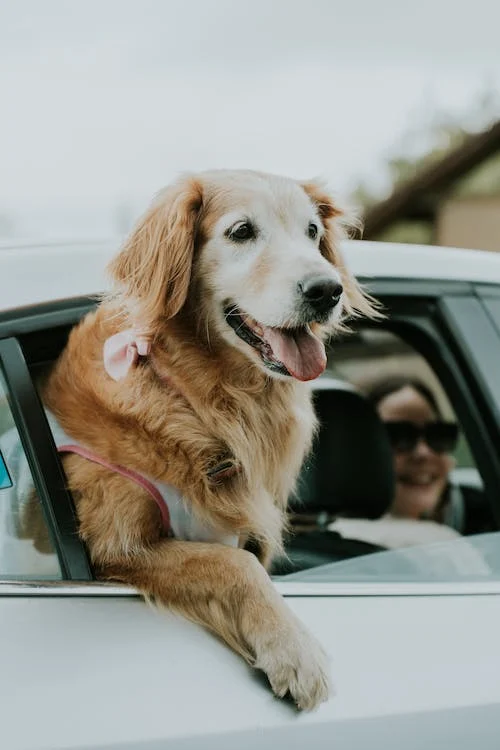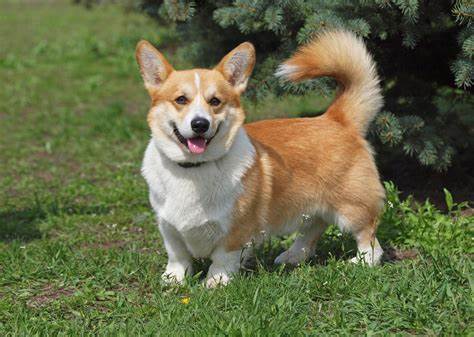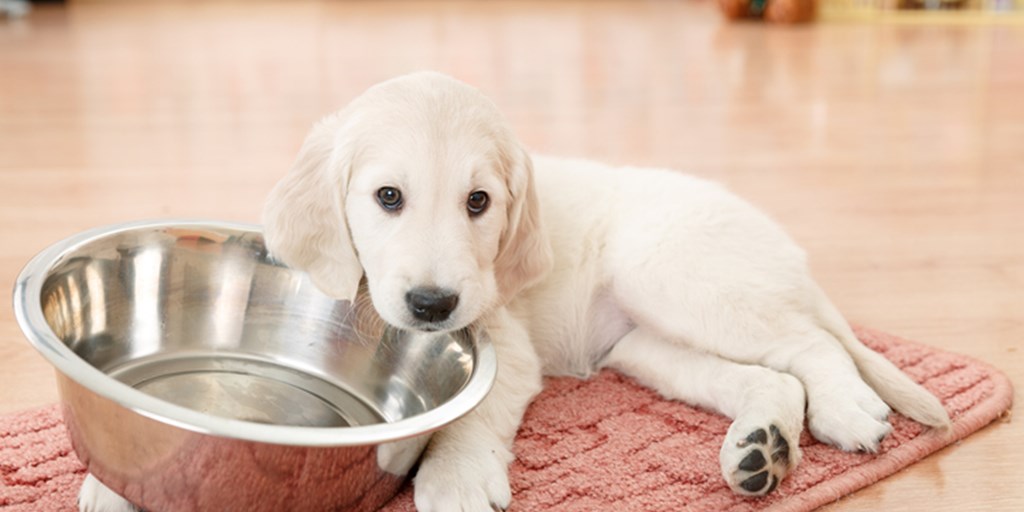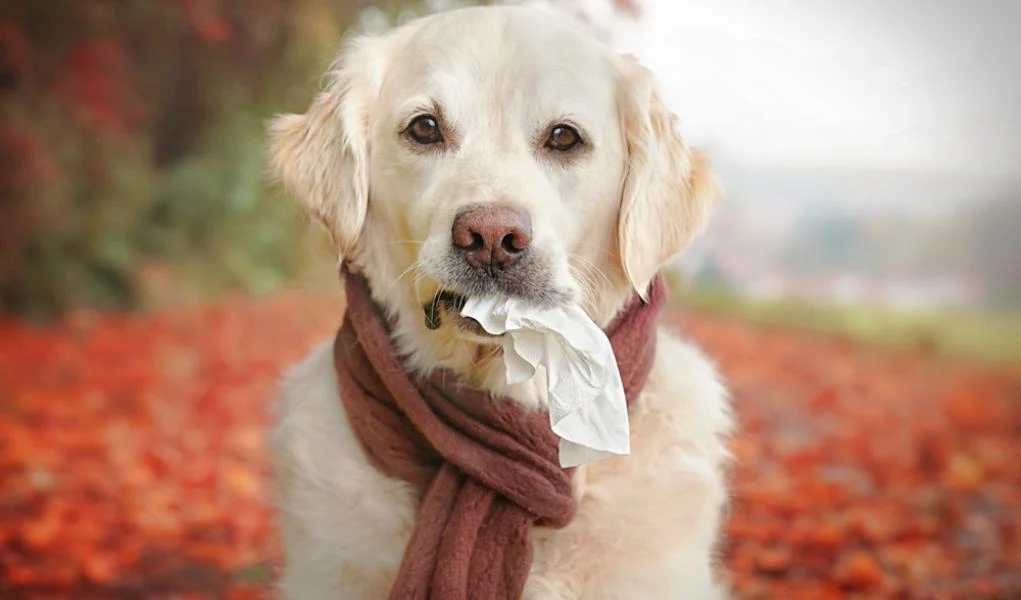A dog’s knees serve the vital job of bearing body weight, allowing mobility through flexing and straightening, and providing stability for standing, running and jumping. As crucial pivoting joints, knees endure significant pressures and impacts that can render them prone to certain injuries and degenerative issues, especially in athletic and senior dogs. Understanding canine knee anatomy and care lays the foundation for preserving function and quality of life at any age.
The Complex Canine Knee
Unlike human knees, a dog’s knee joint contains multiple intricately connected parts working in unison for fluid movement:
- Femur – Thighbone fitting into tibia below
- Tibia – Shinbone
- Fibula – Smaller lower leg bone
- Patella – Kneecap for sliding motion
- Tendons/ligaments – Connective tissues
This complicated construction allows extensive flexion, extension and rotation critical in dog movements. However, such complexity also introduces ample opportunity for injury or wear-and-tear arthritis over time.
Common Canine Knee Problems
Various knee-related issues can affect dogs, including:
- Luxating patellas – Dislocated kneecaps, often genetic
- Cranial cruciate ligament tears – Inner knee damage
- Patellar fractures – Broken kneecaps
- Osteoarthritis – Long-term joint degeneration
Depending on severity, these may cause limping, stiffness, swelling, trouble standing up or running, and knee joint laxity allowing abnormal motions.
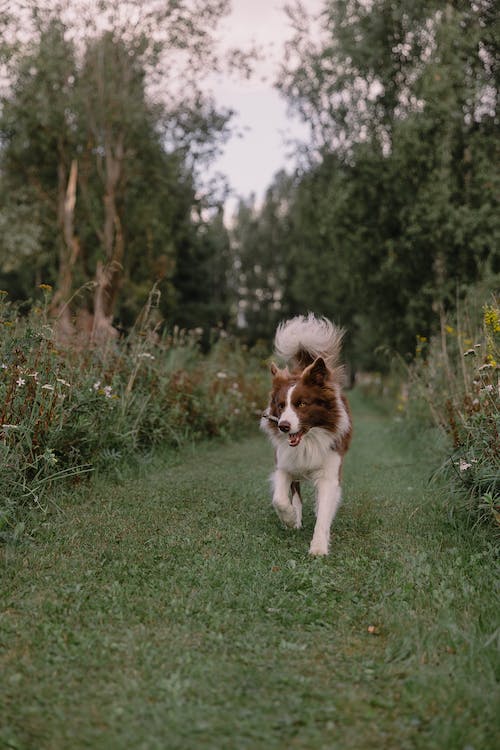
Breeds Prone to Knee Troubles
While any dog can injure their knees or develop arthritis, some breeds have higher predisposition, such as:
- Toy and miniature breeds
- Bulldogs, Mastiffs, St. Bernards
- Dachshunds
- Yorkshire Terriers
Their genetic tendencies, body proportions and activity levels increase vulnerability.
Preventing Knee Injuries in Dogs
Though heritable traits can’t be changed, the following proactive measures maintain the best possible knee health:
- Maintain lean body weight – Extra pounds strain joints
- Ensure adequate exercise – Muscle tone supports knees
- Give joint supplements – Chondroitin, glucosamine
- Use ramps/stairs – Reduce impact on joints
- Avoid obesity – Excess weight damages knees
- Prevent slips/falls – Twisting motions harm ligaments
Treating Dog Knee Issues
From anti-inflammatory medication to surgery, tailor treatment plans to each dog’s specific knee injury or arthritis:
- Braces, wraps or taping – Support instability
- Weight management – Take pressure off knees
- Physical therapy – Restore mobility
- Nutraceuticals – Lubricate joints
- Surgery – Repair cruciate tears, kneecap issues
- Pain medications – Relieve discomfort
Early intervention, gentle rehabilitation exercises, and accommodations like orthopedic dog beds optimize healing and function. Get individualized veterinary recommendations.
Prioritizing robust knee health from puppyhood through the senior years lets dogs confidently play, exercise and live up to their full potential. Know their genetic risks, follow injury prevention basics, and act promptly at the first sign of trouble. Helping knees function properly again after setbacks improves longevity and happiness for canine companions.

Frequently Asked Questions
How long is the recovery time after knee surgery?
Expect 8-12 weeks of restricted activity, with gradual return to normal function over 4-6 months. Strict crate rest and physical therapy aid the lengthy but crucial recuperation.
My senior dog sometimes kneels on one leg only. Should I worry?
Lameness localizing to one leg could indicate arthritis or injury. Have them examined, as dogs often quietly tolerate pain. Treating underlying issues provides relief.
What exercises help dogs with bad knees?
Non-jarring activities like leash walking, swimming, slow fetching and balance training on cushy surfaces letting them go at their own pace. Avoid high-impact motions like jumping until knees properly heal.
Safeguard those pivotal pet knees through attentive lifelong care – the cornerstone of keeping canine companions actively healthy and happy.
